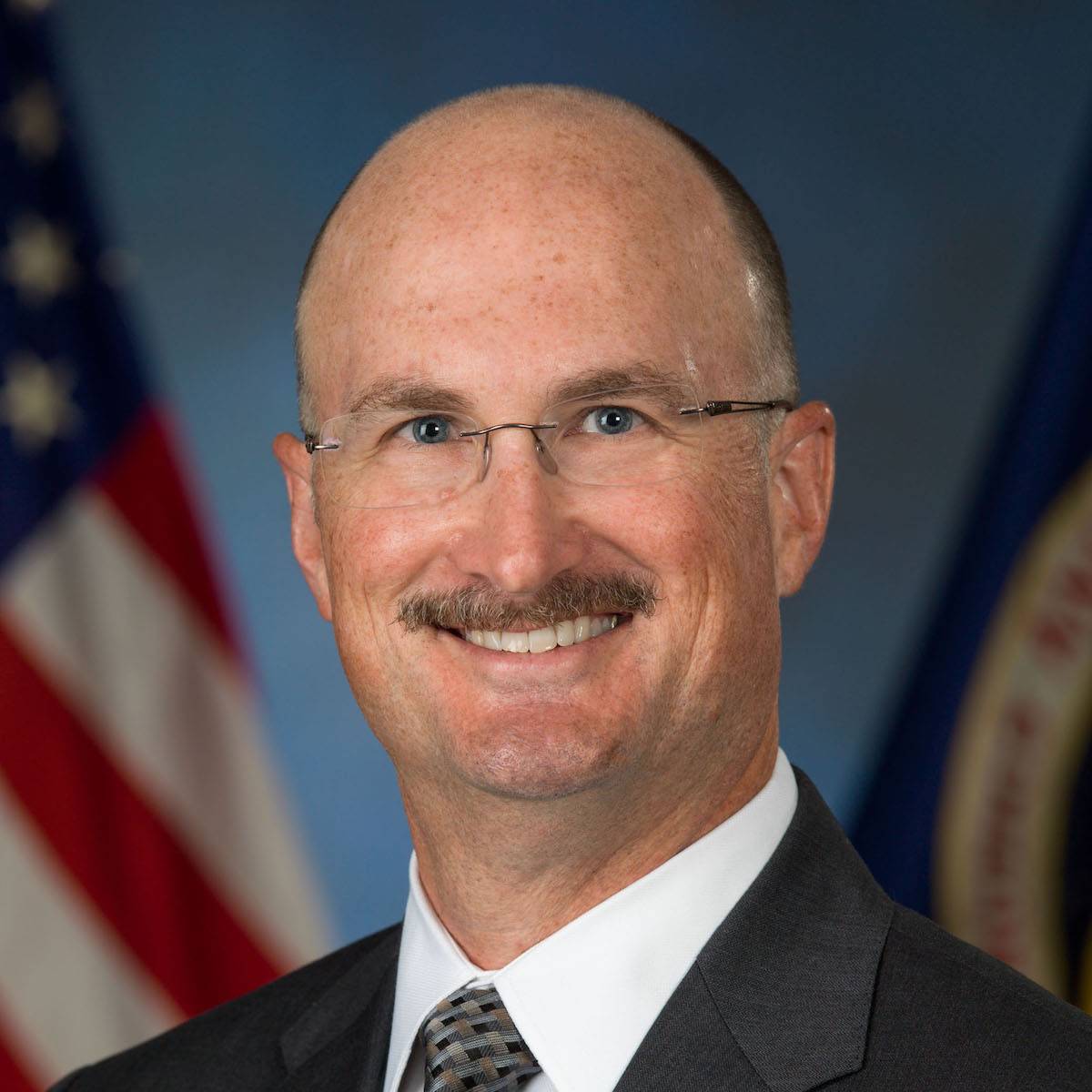 Courtesy photo
Courtesy photoIn 1977, a Wichitan watched Star Wars at the Wichita Mall theater on East Harry. He returned again and again that summer to watch the lightsaber battles, Jedi Knights and X-wing starfighters.
“I’m an original Star Wars guy,” Tim Fisher said. “I was just mesmerized. It sparked that ‘What is possible? What can we do?’”
Decades later, Fisher is one of the people helping answer those questions for the United States and the entire world in space. He is chief engineer for NASA’s Gateway program, part of the agency’s quest to return to the Moon and explore Mars.
Fisher is a 1987 graduate of Wichita State University who majored in electrical engineering and started his NASA career as part of the cooperative education program. His experiences at NASA as a student led to a full-time job in 1988, a few weeks after his December graduation from Wichita State.
In a project with international collaborators from Canada, Japan and the European Space Agency and private contractors working with NASA, Fisher’s role is to connect and help groups work together.
“I manage all the engineering folks that are working on designing the Gateway system,” he said. “The NASA work-force looks over all those activities and makes sure that all the pieces are going to come together and be safe for human space-flight.”
NASA
NASA’s Artemis program plans to land the first woman and first person of color on the Moon in the coming years. From there, NASA wants to send astronauts to Mars. Gateway will orbit the moon to serve as a permanent place for work, living, research and the supply chain that keeps astronauts fed and equipped.
“The goal of going back to the moon this time is doing it in a more sustainable way,” Fisher said. “The Gateway serves as that outpost where we collect supplies, we have supply ships bring up food and water and space suits and things they’re going to need on the lunar surface. It’s that outpost that ties everything together in orbit.”
Apollo 17 in 1972 remains the last time humans visited the Moon. A return will put a spotlight on NASA and space exploration in a way not seen for decades.
“I think when we start going back to the Moon and we land the first woman on the surface of the Moon, the entire world is going to be watching,” Fisher said. “The hopes of the future, in terms of being able to explore Mars and do these other things, are going to become very vibrant and real and palpable to the American public and the rest of the world.”
Fisher, who attended Wichita Southeast High School, grew up with a love of science and fascinated with astronomy. “Black Holes and Warped Spacetime” by William J. Kaufmann helped inspire him. He worked at the Wichita Omnisphere & Science Center, which closed in 2001.
While at WSU, he noticed an advertisement in the course catalog for cooperative education opportunities at NASA.
“I had a great education at Wichita State,” he said. “I firmly believe that it’s not the school that makes people smart – we have a lot of people here at NASA from a lot of very prestigious universities and WSU students can absolutely hold their own. You make your own education.”
The applied learning at NASA while a student added something the classrooms could not. He started at NASA in the summer of 1985 working in research and development the Lyndon B. Johnson Space Center in Houston. He worked with lasers and optics and returned to that same group twice more.
“It was a great place to stretch my engineering legs and think about real problems,” he said. “In the university setting, every homework, every test is graded. You got it right or you got it wrong. In the real world, there is no answer key. In engineering, you have to convince yourself you’ve got it right.”

